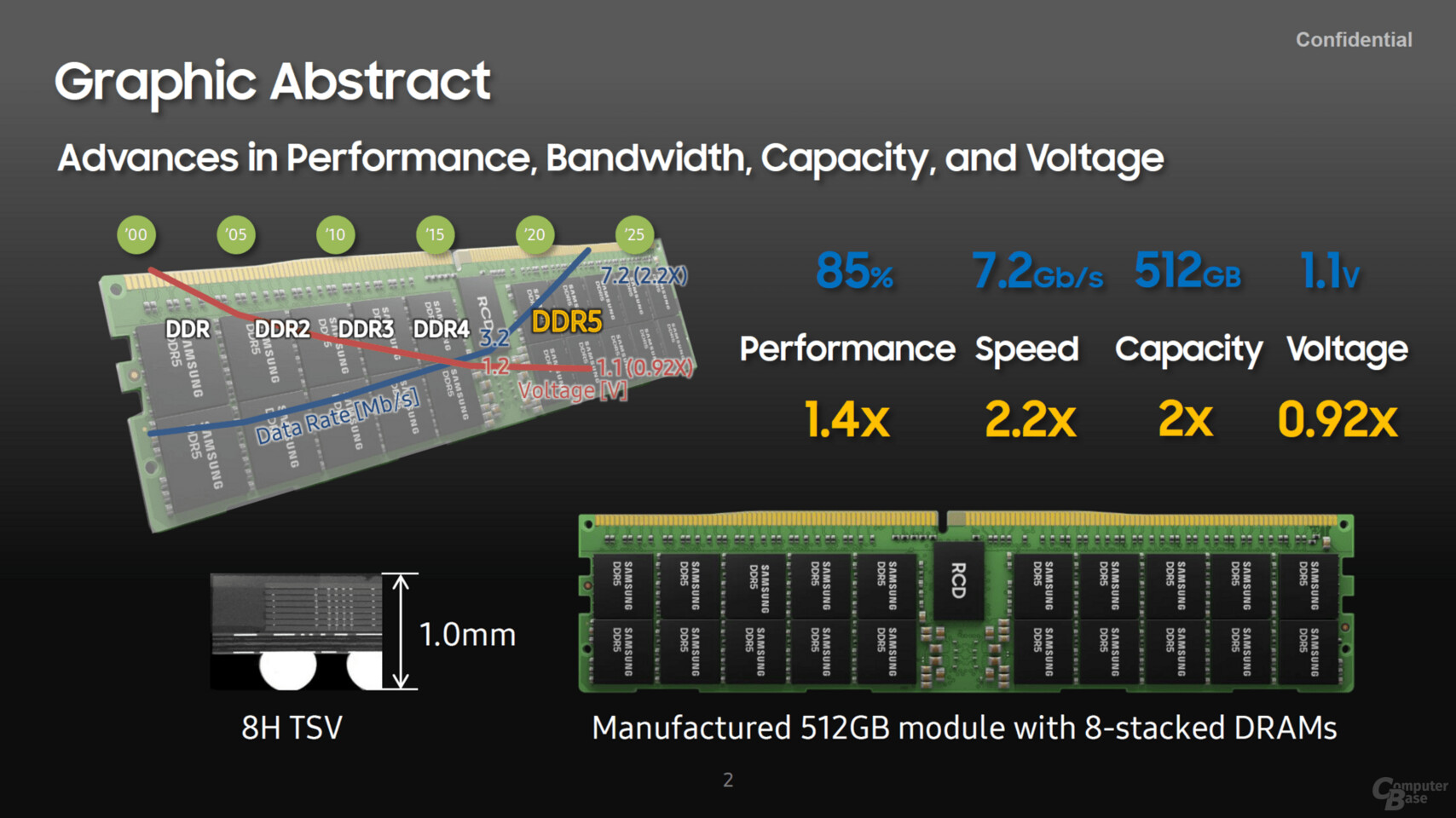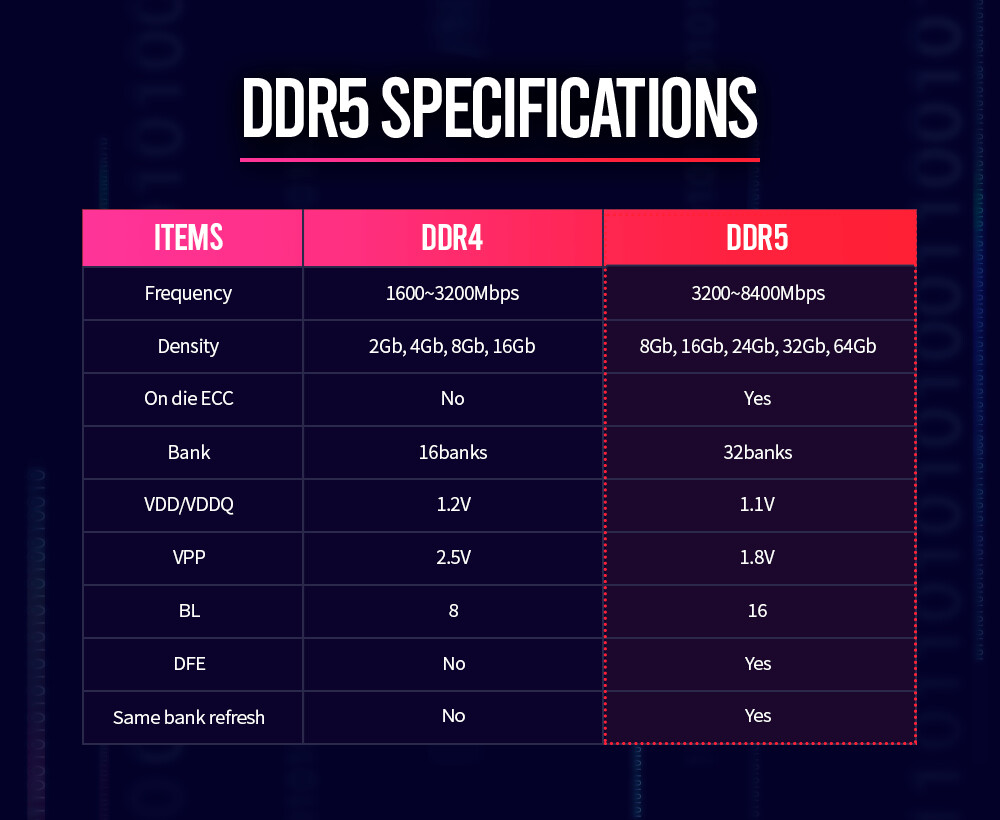To be fair here, someone has to be the one to trigger the shift to DDR5, and Intel has the funds to do so. Then the boardmakers will follow, and then the component manufacturers will follow. Intel gets the advantage of ensuring that the first DDR5s are spec'd to their XMP standards, and it'd be up to AMD's supporters and component makers to match that when they also jump onto DDR5.
AMD would undoubtedly do the same thing if they had the same funds; after all, they were able to successfully push the pricier PCIe 4.0 motherboards ahead of Intel, catching them off-guard long enough that Intel was actually on the backfoot with no PCIe 4.0 counter for awhile and all the fear-mongering of next-gen GPUs "potentially" not having their full performance on it and it took several weeks of live reviews and word of mouth to put that to rest; until AMD actually went and did make a PCIe 4.0-only GPU, but on the low-end (for now).

www.wepc.com





